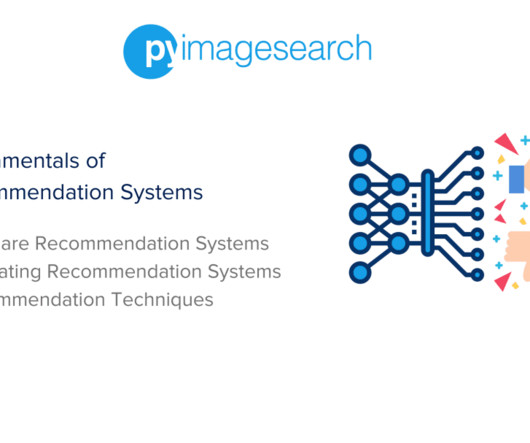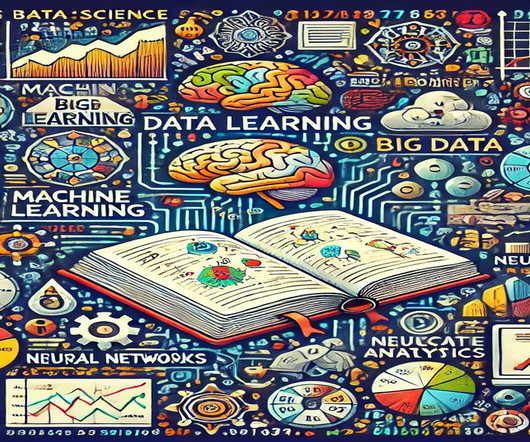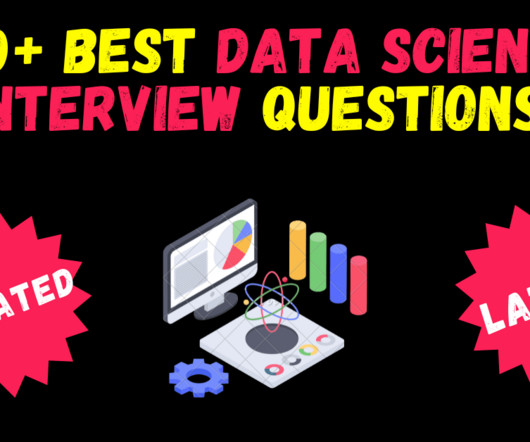Data mining
Dataconomy
MARCH 4, 2025
Data mining is a fascinating field that blends statistical techniques, machine learning, and database systems to reveal insights hidden within vast amounts of data. Businesses across various sectors are leveraging data mining to gain a competitive edge, improve decision-making, and optimize operations.












Let's personalize your content